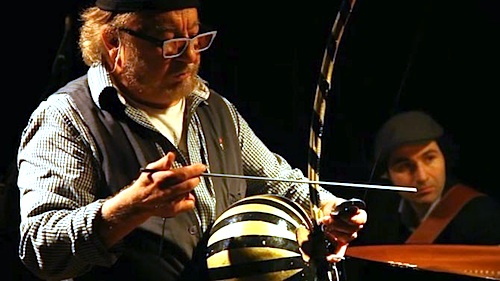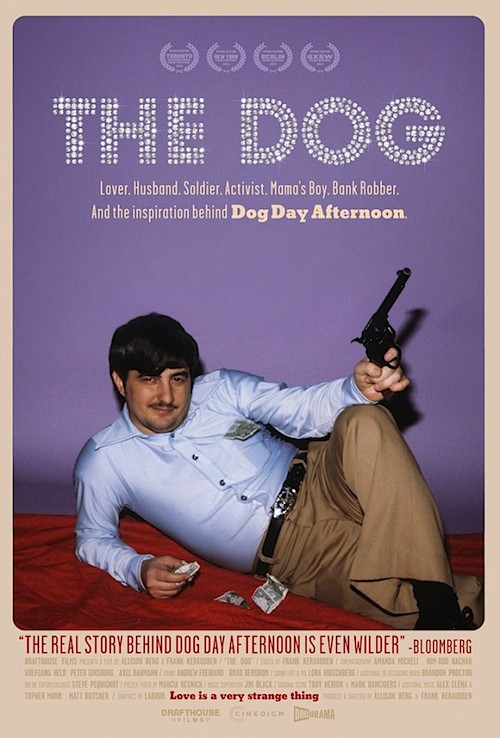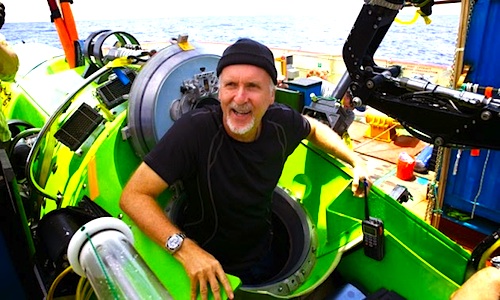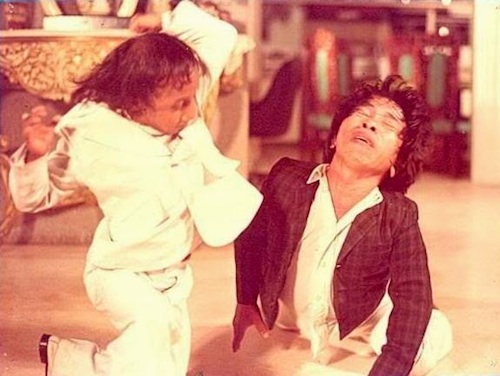By Joe Bendel. K2 is a challenge to summit, but as recent films have documented, getting back down is even more treacherous. However, merely reaching the mountain’s base requires a determined effort from climbers, before they ever set their first piton. Viewers will get a full perspective on the 8,000 meter mountaineering experience in Dave Ohlson’s K2: Siren of the Himalayas, which opens this Friday in New York.
In 1909, the Duke of Abruzzi led an expedition to K2. Although they did not ultimately summit the second highest peak on Earth, their experiences were invaluable for future attempts, much as the Italian nobleman hoped. One hundred years later, alpinist Fabrizio Zangrilli (of Boulder, Colorado) led his intrepid party to K2. Of course, they were fully aware of the Duke’s historic campaign, but the tragic events of the previous year preoccupied their thoughts considerably more.
In a sense, K2 is an independent sequel to Nick Ryan’s The Summit, which reconstructed the murky events that led to the deaths of eleven climbers in August, 2008. Zangrilli knew some of them. It is a small world in his line of work. Yet, he attacked K2 just the same, along with Gerlinde Kaltenbrunner, the future National Geographic Explorer of the Year, who was then still working on her goal to become the first woman to scale all fourteen 8,000 meters without artificial oxygen.
Ohlson captured some dramatic visuals, but arguably the most mind-blowing shots in the film are not of K2, but the ridiculously unsafe mountain highways Zangrilli’s group had to traverse just to reach Concordia, the gateway to K2 and three other 8,000 meters. Getting there is a trek in itself, with Pakistan’s regional instabilities adding additional danger.
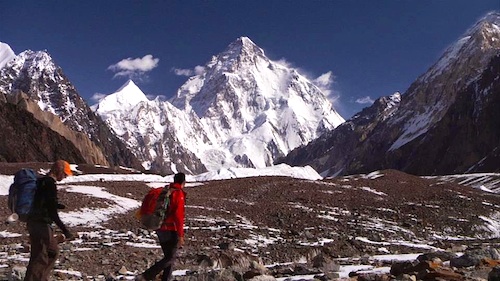
Periodically, Ohlson intersperses footage of Zangrilli, Kaltenbrunner, and company with Vittorio Sella’s incredible photographs of the Abruzzi expedition. It gives viewers a good sense of the mountaineering tradition. More importantly, Ohlson uses Zangrilli’s example to redefine a successful 8,000 meter attempt. Clearly, Zangrilli is a great sportsman, but he had yet to summit K2. However, he had foregone perfect opportunities to carry down an ailing colleague. Instead, a successful K2 team leader brings his entire party safely off the mountain. After all, several climbers summitted during the fateful 2008 incident.
Evidently, we are witnessing a golden age of mountaineering documentaries. K2 follows hard on the heels of The Summit and Leanne Pooley’s Beyond the Edge, all of which are quite good, but in different ways. K2’s strengths are the wider contexts it provides, as well as some insight into the bonding that happens between fellow alpinists. Mountain climbing does not look like much fun in The Summit, but we come to understand why Zangrilli and his colleagues do it after watching Ohlson’s footage and interview segments. Recommended with equal enthusiasm for sporting audiences, K2 Siren of the Himalayas opens this Friday (8/22) in New York at the Quad Cinema.
LFM GRADE: B+
Posted on August 19th, 2014 at 1:57pm.
